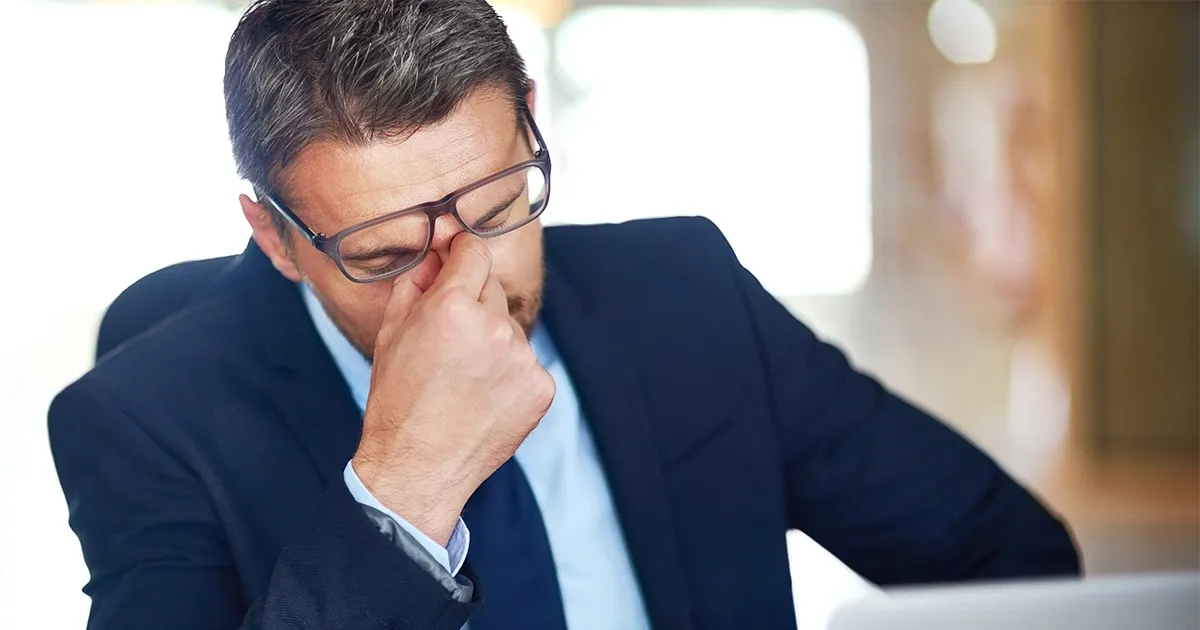Justperform
- EPM
- Thought Leadership
What's the price of sticking with SAP BPC?
Are you wondering where is all the time of your team getting spent? Is it all spent on managing the software that promises agility to your finance teams? In today's fast-paced and ever-changing business landscape, it is imperative for organisations to be agile. The ability to embrace change and respond quickly has become a key differentiating factor in success.
With new technologies and disruptive business models emerging at an unprecedented pace, organisations that fail to embrace change risk falling behind their competitors. To stay competitive and thrive in today's dynamic environment, organisations must adopt an agile mindset and be willing to embrace change as a constant.
With SAP BPC, adapting to the quick changes and fostering agility that the modern world demands is difficult. The software, built for success in the yester years, is highly complex and less self-reliant for today’s agile organisations, which need a modern solution for the modern challenges.
Nearly half of finance leaders (47%) selected technology modernization as their top priority for 2024 in a PwC's Survey.
As businesses strive for enhanced efficiency and streamlined enterprise performance management (EPM), the call to move away from SAP BPC has grown louder than ever, and here’s why:
The Broken EPM Experience: A Disjointed Landscape
60% of respondents from the BPM Pulse Surveys focus on ‘More Unified Systems’ as part of their finance transformation efforts. What do they mean by more unified systems?
This means that the finance teams want all the aspects of performance management to be functional under one system. Planning, budgeting & forecasting, financial close & consolidation and reporting, all under one system.
With SAP BPC, this is not possible. SAP BPC’s requirement to completely migrate (eventually) to other SAP solutions pushes for a fragmented, multi-solution approach:
- SAP Analytics Cloud (SAC) for Planning & Analytics
- S/4 HANA for Group Reporting for Consolidation
This translates to using two different solutions against one unified EPM solution. Imagine driving a car with misaligned wheels – the journey becomes uncomfortable and unpredictable.

Similarly, a broken EPM experience disrupts an organisation's growth journey.
Finance teams deserve a cohesive and integrated EPM environment, where data flows seamlessly and insights are readily accessible, rather than working with disjointed systems that result in inefficiency and waste many man-hours.
High Business Costs: The Financial Strain
Regarding financial decisions, a key factor to consider is the total cost of ownership. With SAP BPC, the total cost of ownership is very high. Let us briefly examine what it entails.
At the outset, there is acquisition or licensing cost, which is the upfront cost of the software, often paid as a subscription amount. Users sticking with SAP BPC will pay this based on the user types they subscribe to, such as BPC standard users or BPC EPM (extended planning and consolidation) users, and the number of users in each type.
Irrespective of whether they move to BPC 11.1 or BPC 2021, they have to incur heavy additional license purchases of BW/4HANA. Since both are on-premise solutions, there will be costs associated with server infrastructure, hardware, and potentially ongoing maintenance such as updates, patches and support.
Then we have annual maintenance costs, third-party managed services costs for IT support, fixing technical issues etc., and not to forget the training costs. The complex interface of SAP BPC requires extensive training for employees. This is not only a financial cost but also a time and resource cost, as the same time and people can be spent on more value-adding core finance functions.
About 64% of businesses use third-party managed services for at least one IT function. However, some organizations are reluctant to use third-party maintenance due to high costs.
Organisations could still choose to continue with the multi-solution landscape suggested by SAP. In that case, additional license, implementation, and maintenance costs will be incurred for operationalising SAP Analytics Cloud for planning and S/4 HANA for group reporting.
Organisations, often dealing with tight budgets, find themselves burdened by the weight of such steep costs. These expenses can impede investment in other critical areas, hinder growth initiatives, and impact the bottom line.
Unfriendly User Interface that Hinders: A Roadblock
A user interface should be a gateway to efficiency, not a roadblock. While the entire business performance management is moving towards finance user-centric solutions with guided workflows and intuitive interfaces, BPC still relies heavily on technical teams to perform.

With the different skills required to operate, manage, and make changes, the cumbersome interface can stifle productivity and hinder the accuracy of financial decisions. Here are a few factors that customers feel make SAP BPC not a user-intuitive platform:
- Need for heavy training
- The complexity of navigating the ins and outs of daily tasks
- Long data loading procedures
- Difficulty in creating custom reports
- Lack of intuitive workflows
- Need for coding for advanced analytics and simple customisations
- Sluggish Excel Add-in
Heavy Dependence on Technical Teams: A Bottleneck
In an era of self-service and empowerment, the last thing finance teams need is a heavy reliance on technical experts and system integrators. SAP BPC’s complexity often necessitates extensive involvement from technical teams. This dependency acts as a bottleneck, slowing down processes, inhibiting agility, and zero control. Scenarios such as:
- The definition of custom calculations, data transformations, and business rules requires the knowledge of SAP’s proprietary scripting language, Script Logic.
- Customising or modifying data interfaces and connectors requires heavy custom scripting and coding.
- Data extraction and modelling from BPC or advanced analysis require specific MDX and SQL skills.
Operating in a VUCA (Volatile, Uncertain, Complex, Ambiguous) world demands flexibility and adapting to changes quickly. SAP BPC requires script logic to accommodate such changes, again increasing the dependence on technical teams.
According to the 2023 CFO Agenda Report by Hackett Group, 75 percent of companies have a major finance initiative addressing digital transformation and technology integration within their finance teams to avoid dependence on technical teams.
Organisations in this modern world yearn for solutions that allow finance professionals to take the reins, empowering them to drive the planning and consolidation without unnecessary delays and absolute control. But SAP BPC takes away the control from finance users!
In conclusion, the decision to transition away from SAP BPC is not merely acknowledging its limitations; it's a needed step toward a future of enhanced efficiency and innovation. Organisations seeking a seamless EPM experience have begun exploring alternatives that address the pain points hindering progress.
From this search emerges a clear message: the era of complex, technical solutions has given way to a demand for unified, user-centric EPM platforms. Witness how JustPerform, the new age unified platform, can accelerate your upgrade to a new age planning and close solution from SAP BPC with complete automation. Book a demo now!
Read our latest blog to find out the best replacement option for BPC and along with best practices on migration.
Be prepared to experience the below if you decide to continue with SAP BPC in future:
- The Broken EPM Experience: A Disjointed Landscape
- High Business Costs: The Financial Strain
- Unfriendly User Interface that Hinders: A Roadblock
- Heavy Dependence on Technical Teams: A Bottleneck
You may also like
No Related Posts Found

